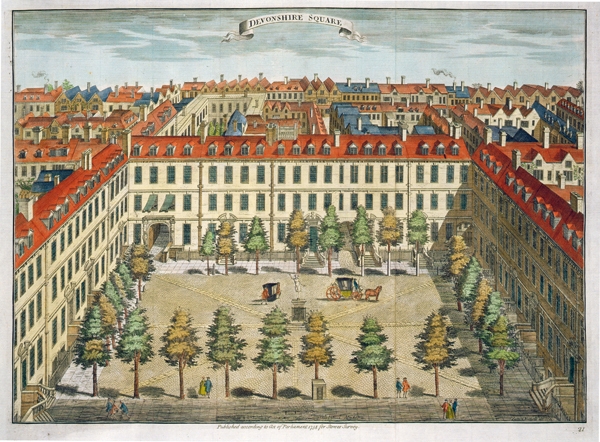One of the pleasures of my week is walking across St James’s Square. The slightly furtive sense of trespassing as one opens the ironwork gates; the decision as to whether or not to follow the circuit of gravel paths or go straight across the grass; the equestrian statue of William III and readers from the London Library eating sandwiches. Although the surrounding architecture is an odd mishmash, the shape of the square and its urban form preserves a strong sense of its original 17th-century layout.
St James’s Square plays a prominent role in the narrative of Todd Longstaffe-Gowan’s magisterial account of the ups and downs of the London square. It was Henry Jermyn, Earl of St Alban’s, friend and ally of Henrietta Maria, who first laid it out immediately after the Restoration, following the example of the squares he had seen in Paris and Madrid. His aim was to create a public space ‘for the conveniency of the Nobility and Gentry who were to attend upon His Majestie’s Person, and in Parliament’.

Get Britain's best politics newsletters
Register to get The Spectator's insight and opinion straight to your inbox. You can then read two free articles each week.
Already a subscriber? Log in






Comments
Join the debate for just $5 for 3 months
Be part of the conversation with other Spectator readers by getting your first three months for $5.
UNLOCK ACCESS Just $5 for 3 monthsAlready a subscriber? Log in